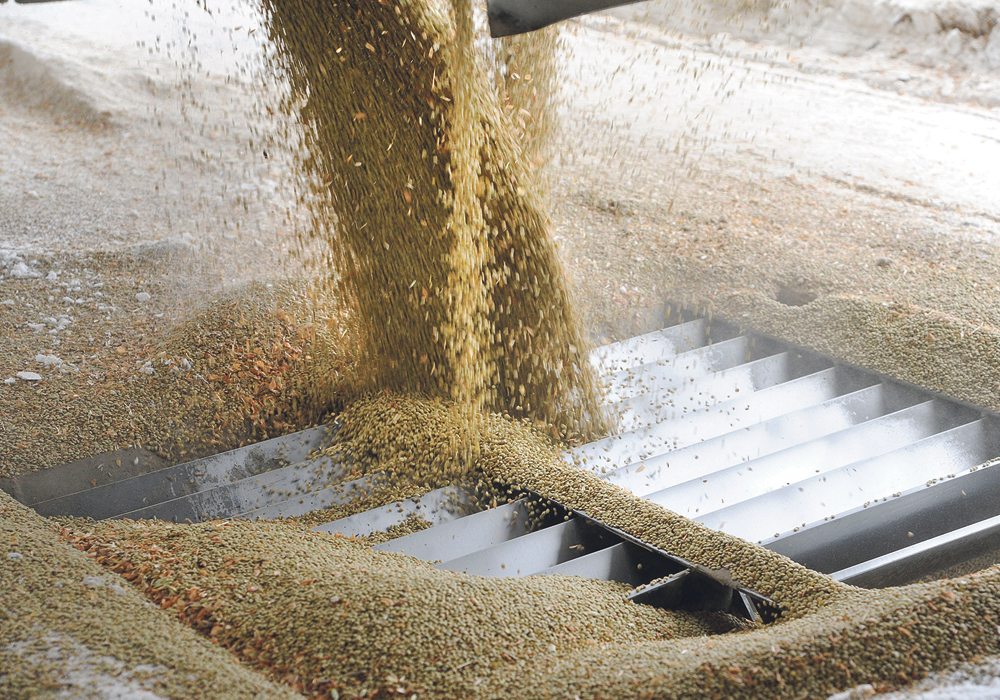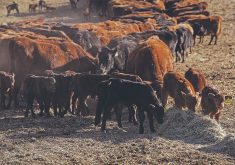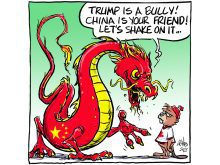Trade issues in pulses are on the minds of many western Canadian farmers, especially because India recently hiked its chickpeas import tariff again, although it doesn’t affect the kabuli type that is predominantly grown in Canada.
We know the Canadian government is doing what it can to promote trade relations. Prime Minister Justin Trudeau’s recent trip to India is evidence of that, although some people considered the trip a bust that worsened the situation.
However, while Trudeau primarily focused on the fumigation issue, the tariff was raised.
Read Also

Proactive approach best bet with looming catastrophes
The Pan-Canadian Action Plan on African swine fever has been developed to avoid the worst case scenario — a total loss ofmarket access.
But one key fact that has largely gone undiscussed is the fact that the issue is really a domestic political issue in India.
Government elections are happening in the country in the next year and the opinion polls for the current majority party, the National Democratic Alliance led by Prime Minister Narendra Modi, aren’t looking great.
In the past year, approval ratings for Modi and company have dropped by about 17 percent. As they look to maintain support, one of the largest voting populations is found in the rural areas, specifically those who work in agriculture. It’s estimated that about 50 percent of India’s 1.2 billion people work in agricultural production, be it the actual growing of pulses or those working in an agricultural-related field, such as in a packing facility.
As we saw prices of all pulses, including peas, lentils, and chickpeas, fall from the heights of 2016, from an Indian government standpoint, those farmers affected by global trade would be negatively impacted the most. Simply put, the incumbent Indian government does not want to appear that it is turning its backs on this portion of the population.
Thus, the natural public message (and political play) becomes, “we care about our farmers,” hoping that they in turn care for the current government and will re-vote it into leadership next year.
Ultimately, as much as it hurts the balance sheets of the Canadian farmer, these tariffs have more to do with the balance sheet of the Indian voting population.
There are two ways that I see these tariffs going away in the next two years.
First, Canada and Australia are the two largest exporters of pulses to India, and thus the most affected by these import taxes (Canada with peas and lentils and Australia with chickpeas). The trade ministers of the two countries could band together and make a powerhouse of superstar diplomacy to try and initiate change.
The second scenario is if India doesn’t get 2018 summer monsoon rains, as was the case just a few years ago. If you can recall, the drought conditions lowered domestic production of pulses significantly, and prices went on a tear. If this were to happen, India would likely need to import more pulses again, while being mindful of domestic Indian prices maintaining strength.
Ultimately, without one of these scenarios playing out, it’s more than likely that these import tariffs could remain in play until after India’s elections next year at this time. This means it’s possible import taxes could be in place for another one to two years.
Only the politicians or Mother Nature can decide now.
Brennan Turner is president and chief executive officer of FarmLead.com, North America’s Grain Marketplace.

















